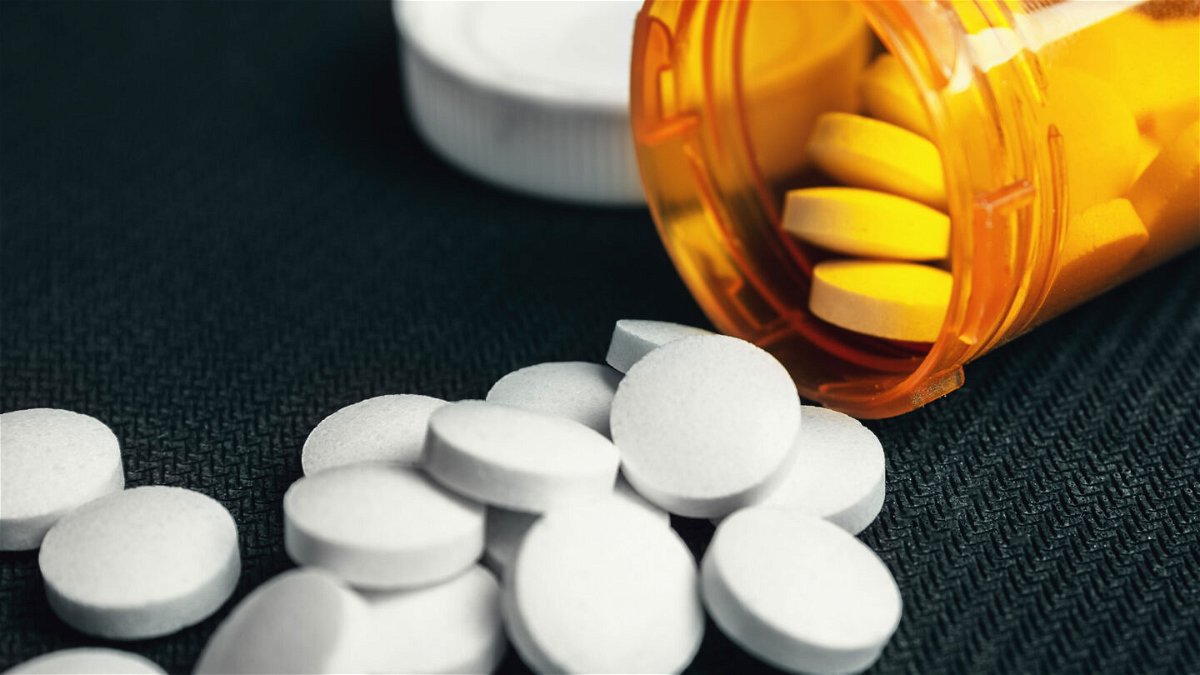Unintentional drug overdoses led to 200,000 years of lost life for US preteens and teens who died between 2015 and 2019, study shows

In one five-year period
By Jen Christensen, CNN
In one five-year period, teens and preteens in the US may have lost about 200,000 years of life to unintentional drug overdoses, according to a new study.
The study, published Monday in JAMA Pediatrics, may be one of the first to calculate lives lost to unintentional drug overdoses among young people.
Researchers looked at overdose data from the US Centers for Disease Control and Prevention between 2015 and 2019 to calculate the total number of years of life lost for 10- to 19-year-olds who died during that time. If the data is expanded to include people up to 24 years of age, unintentional drug overdoses resulted in the loss of 1.25 million years of life.
The number of young people dying from an unintentional overdose has steadily increased in recent years, as it has for the general population, according to data from the National Institutes of Health. Earlier studies have shown that mental health issues, unstable housing and other factors may be to blame for many of these unintentional drug overdoses.
“This is just completely unacceptable from a public health standpoint, because every one of these deaths is preventable,” said study co-author Dr. Orman T. Hall, a psychiatry specialist at the Ohio State University Wexner Medical Center.
Hall believes the research also shows that public health interventions that are aimed at adults probably don’t work as well for all ages.
“A lot of our public health interventions are geared towards adults. And we know that the types of messaging and, really, the points of contact for adolescents and young people are different from adults,” Hall said.
The American Academy of Pediatrics has recommended universal screening for substance use with adolescent patients.
If the adolescent has a positive screen for drugs, the association encourages pediatricians to find out whether substance use is interfering with the teen’s daily activities or putting their safety at risk. Doctors are urged to talk to the teen about the dangers of drugs and the effects on the brain, as well as talk to their parents, and then refer them for treatment.
Often, though, that’s where the system falls short, according to Dr. Paula Riggs, a professor and director of the Division of Addiction Science, Prevention and Treatment in the Department of Psychiatry at the University of Colorado School of Medicine.
“Less than 10% of kids go to treatment with the standard screening, brief intervention, referral to treatment model that we’re using,” said Riggs, who wasn’t involved in the new study. “They do a great job screening, but the referral to treatment part is not working. It’s broken.”
Riggs says she’s been thinking a lot about how to improve the system to get more kids into treatment so they don’t overdose. As a clinician, as well as a researcher, she’s seen an increasing number of children who need help for problems with opioids and fentanyl.
“There are systems barriers and silos, and the adultified models that we have are not so much appropriate and developmentally adapted” for teens, Riggs said.
For example, she recently got a call from a 16-year-old who was in the emergency room for fentanyl withdrawal.
“He said, ‘I don’t want to leave. I was here two weeks ago with a fentanyl withdrawal, and they discharged me with a list of numbers to detox programs. I called them all, but they’re all for adults. They won’t take me.’ He was afraid he would relapse — or worse — without the help,” Riggs said.
There are some effective evidence-based treatments for adolescents, studies show. A type of therapy called motivational enhancement can work. It helps people strengthen their motivation to quit using, build a plan for change and develop coping strategies for high-risk stuations. Cognitive behavioral therapy can also be helpful.
Something as simple as a warmer handoff between the doctor and a treatment program works, Riggs says: Instead of handing a teen a list of numbers to call, the doctor will ask if they can share the teen’s information with her, and she will reach out to the adolescent to have a brief confidential consultation. “Giving a kid a list of numbers to call, you won’t get them into treatment that way,” Riggs said.
She’s getting about 40% to 40% of young patients to then engage in substance use treatment. And she’s training more people on this method, but it takes time.
More doctors also need to be trained to work with patients with substance use problems, Riggs said. Studies show that even brief training sessions can boost a pediatrician’s ability to help young patients.
Riggs also said more people need to be trained and licensed to prescribe buprenorphine or other medication-assisted treatments.
“We’re still in the middle of a raging and rising opioid epidemic in this country, and kids younger and younger are getting into it, and the fentanyl is just — well, it’s literally killing them,” Riggs said. “We need to get more kids into treatment.”
The-CNN-Wire
™ & © 2022 Cable News Network, Inc., a WarnerMedia Company. All rights reserved.
Correction: This story has been updated to reflect that the study period began in 2015, not 2014.